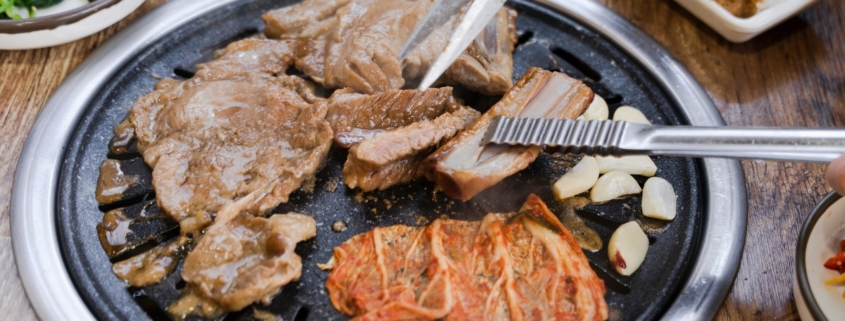Curiosities about meat consumption in different cultures around the world
Meat consumption has been a fundamental part of the human diet since ancient times, and each culture has developed its own traditions and customs around this food. Across the globe, differences in the type of meat consumed and how it is prepared depend on factors such as religion, geography, and history, making meat consumption a culturally fascinating topic.
Religion and prohibitions
In many cultures, religion has a significant impact on meat consumption. In India, Hinduism prohibits the consumption of beef, as cows are considered sacred. On the other hand, in Latin America and the United States, beef is a cornerstone of the diet. Religions like Islam and Judaism also impose restrictions: food must comply with halal or kosher laws, which include specific rituals for animal slaughter. Pork is strictly forbidden in both religions, leading to the creation of alternative dishes in countries like Israel and Saudi Arabia.
Exotic meats around the world
The consumption of exotic meats is a tradition in many cultures. In China, for example, duck and snake meat are quite popular. In certain parts of Africa and South America, dishes made with crocodile, llama, or capybara can be found. Meanwhile, in Europe, countries like France are known for consuming frog legs and snails, which are considered delicacies.
Traditions and festivities
In many cultures, meat plays a central role in festivities and celebrations. In Argentina, the asado (barbecue) is an almost sacred tradition, while in Japan, sukiyaki, a beef stew, is served on special occasions. In Mexico, carne tacos are a national symbol, served at all kinds of social events.
These customs reflect how meat consumption varies widely depending on beliefs, geography, and history, making gastronomy a link between food and the cultural identity of each region.



